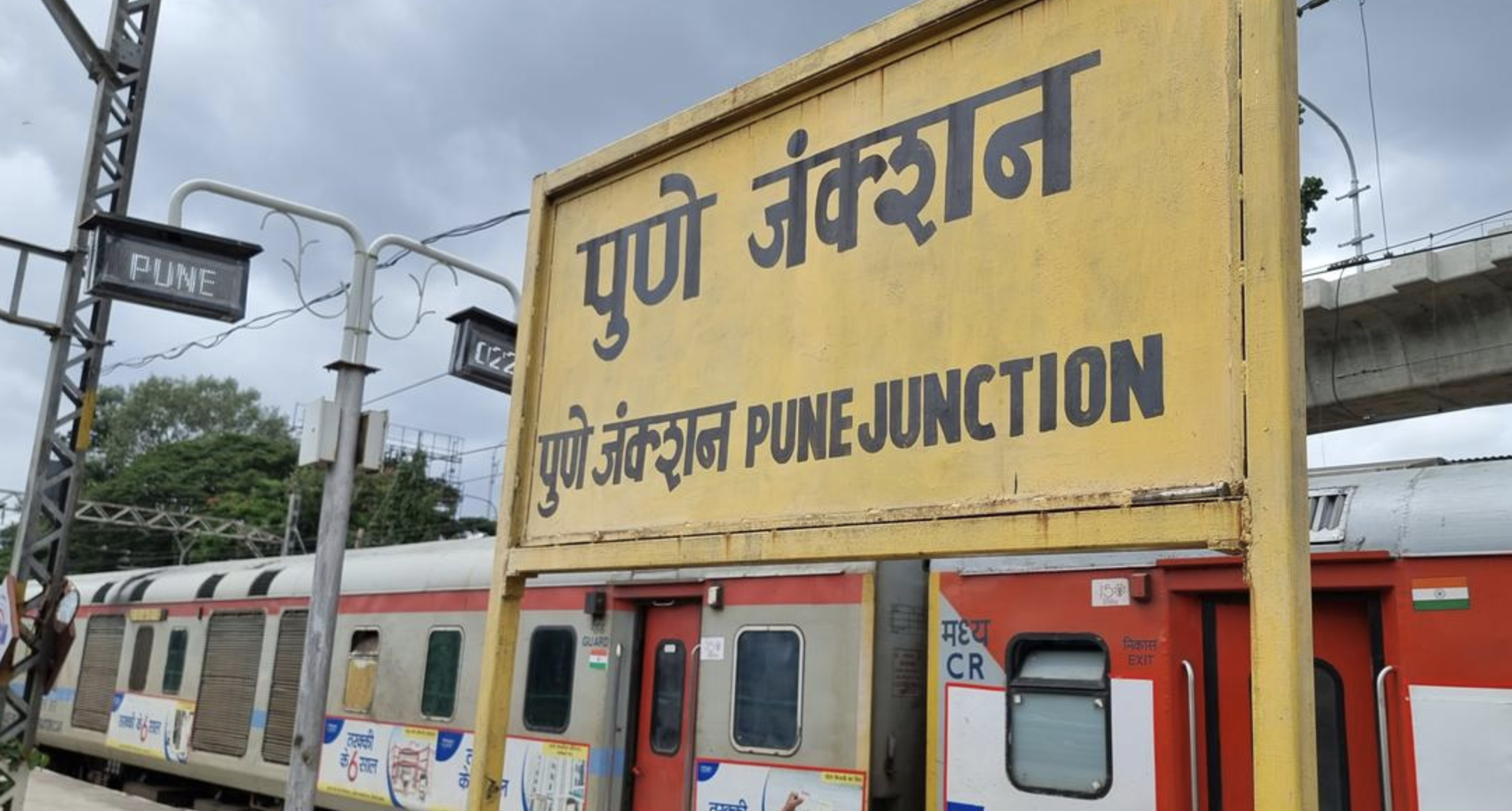The Indian government’s recent approval of the Unified Pension Scheme (UPS) has garnered significant attention, especially among government employees. Set to take effect from April 1, 2025, the UPS integrates features from the Old Pension Scheme (OPS) but introduces substantial changes that impact employees both positively and negatively. Understanding these differences is crucial for employees planning their retirement.

Here are 5 major differences between the Old Pension Scheme and the Unified Pension Scheme:
1. Employee Contribution: A Major Shift
One of the most significant changes introduced by the Unified Pension Scheme (UPS) is the shift to a contributory model. Unlike the Old Pension Scheme (OPS), which did not require employees to contribute to their pension, the UPS mandates a 10% contribution from employees’ salaries. In return, the government contributes 18.5%. This shift distributes the financial responsibility between the employee and the government, marking a departure from the fully government-funded OPS.
2. Retirement Benefits: Defining Pension Calculation
Both the OPS and UPS promise a pension based on 50% of the employee’s last drawn salary. However, while the OPS calculated this amount solely based on the last drawn salary, the UPS takes an average of the last 12 months’ basic pay before retirement. This change could lead to slightly lower pension amounts under the UPS if an employee’s salary fluctuates in the final year of service, but it offers a more stable and predictable pension calculation for those with consistent earnings.
3. Minimum Pension Guarantee
A critical improvement under the UPS is the introduction of a guaranteed minimum pension of ₹10,000 per month for employees with at least 10 years of service. The OPS, in contrast, did not specify a minimum pension amount, although retirees generally received 50% of their last drawn salary, which often exceeded ₹10,000. This new provision ensures a baseline financial security for all eligible retirees, making the UPS more inclusive.
4. Family Pension: Enhanced Security
The family pension under the UPS is set at 60% of the employee’s pension upon their demise, offering greater financial security to surviving family members. In comparison, the OPS provided a family pension but typically at a lower percentage, making the UPS a more generous option in this regard. This enhancement reflects the government’s intent to provide better support to the families of deceased employees.
5. Inflation Protection: A Standardized Approach
Both the OPS and UPS offer inflation protection, but the mechanisms differ. The UPS introduces inflation indexation based on the All India Consumer Price Index for Industrial Workers (AICPI-IW). This method ensures pensions adjust systematically for inflation, providing more reliable protection against the rising cost of living. While the OPS did include dearness relief for inflation adjustments, the system was less standardized, potentially leading to disparities in the pension’s real value over time.












